How To Record Audio On Zoom For Podcast?
Recording audio on Zoom for a podcast has become an increasingly popular method due to its convenience and the platform's robust features. Whether you're a seasoned podcaster or a beginner, understanding how to effectively use Zoom for your recordings can significantly enhance the quality of your podcast. This article will guide you through the process, from setting up your Zoom meeting to post-production tips, ensuring you get the best possible audio for your podcast.
Setting Up Your Zoom Meeting
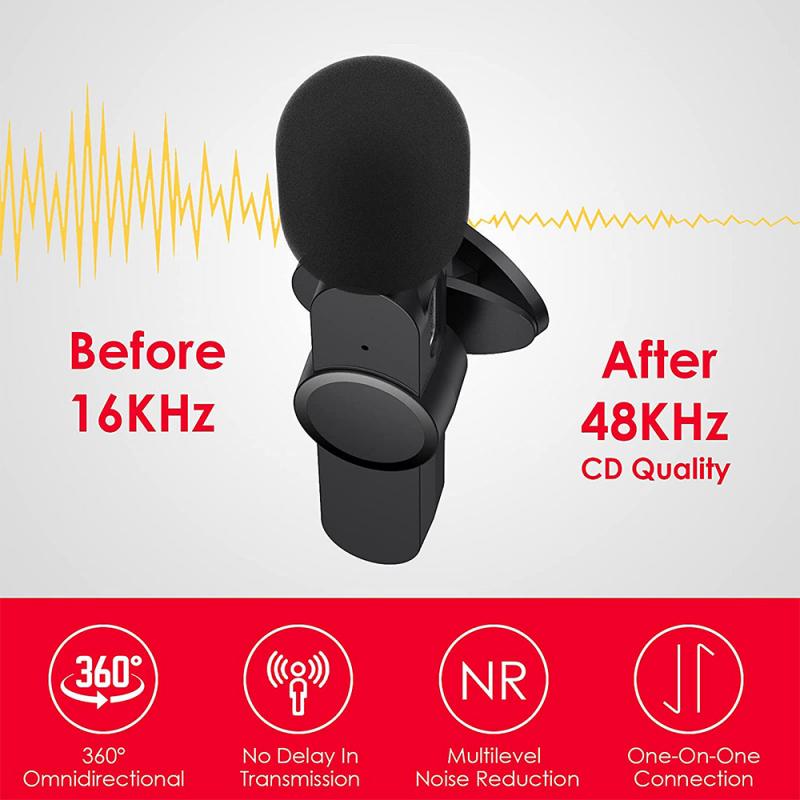
Before you start recording, it's crucial to set up your Zoom meeting correctly. Here are the steps to follow:
1. Schedule Your Meeting: Open Zoom and schedule a new meeting. You can do this by clicking on the "Schedule" button on the home screen. Fill in the necessary details such as the meeting topic, date, and time.
2. Enable Recording: Ensure that the recording option is enabled. You can do this by going to the "Settings" menu, selecting "Recording," and then toggling the "Local Recording" option. This allows you to save the recording directly to your computer.
3. Check Audio Settings: Good audio quality is paramount for a podcast. Go to the "Audio" settings and select the appropriate microphone and speaker. If you have an external microphone, make sure it is selected as the input device. Additionally, enable the "Suppress background noise" option to minimize unwanted sounds.
4. Enable Original Sound: Zoom has a feature called "Enable Original Sound" which preserves the sound from your microphone without applying Zoom’s audio enhancements. This is particularly useful for podcasting as it maintains the natural quality of your voice. You can enable this feature in the "Audio" settings.
Recording the Podcast

Once your meeting is set up, you can start recording your podcast. Here’s how:
1. Start the Meeting: Begin the meeting at the scheduled time. Make sure all participants are present and ready.
2. Start Recording: Click on the "Record" button at the bottom of the Zoom window. You will have the option to record on your computer or to the cloud. For better control and quality, it’s recommended to record locally.
3. Conduct the Podcast: Proceed with your podcast as planned. Ensure that all participants are aware that the session is being recorded. Encourage them to speak clearly and avoid talking over each other to maintain audio clarity.
4. Monitor the Recording: Keep an eye on the recording indicator to ensure that the session is being recorded. If you encounter any issues, address them promptly to avoid losing valuable content.
Post-Recording Steps
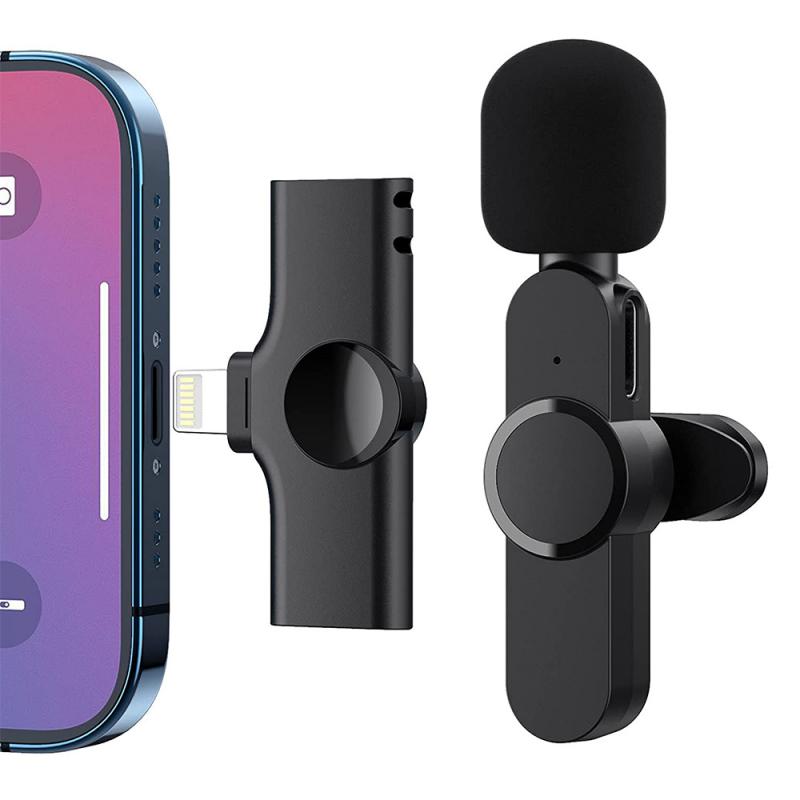
After you’ve finished recording, there are several steps you need to take to prepare your audio for publication:
1. Save the Recording: Once the meeting ends, Zoom will automatically convert the recording and save it to your specified location. The file will typically be in MP4 format, which includes both audio and video. For podcast purposes, you will need to extract the audio.
2. Extract Audio: Use a video editing software or an online converter to extract the audio from the MP4 file. Save the audio in a high-quality format such as WAV or MP3.
3. Edit the Audio: Editing is a crucial step in producing a professional-sounding podcast. Use audio editing software like Audacity, Adobe Audition, or GarageBand to edit your recording. Remove any unwanted sections, background noise, and adjust the levels to ensure consistent volume throughout the podcast.
4. Add Intro and Outro: If your podcast has an intro and outro, add them to the beginning and end of your recording. This helps in branding your podcast and providing a professional touch.
5. Export the Final File: Once you’re satisfied with the edits, export the final audio file. Ensure that the file is in a format suitable for podcast distribution, typically MP3.
Tips for High-Quality Audio
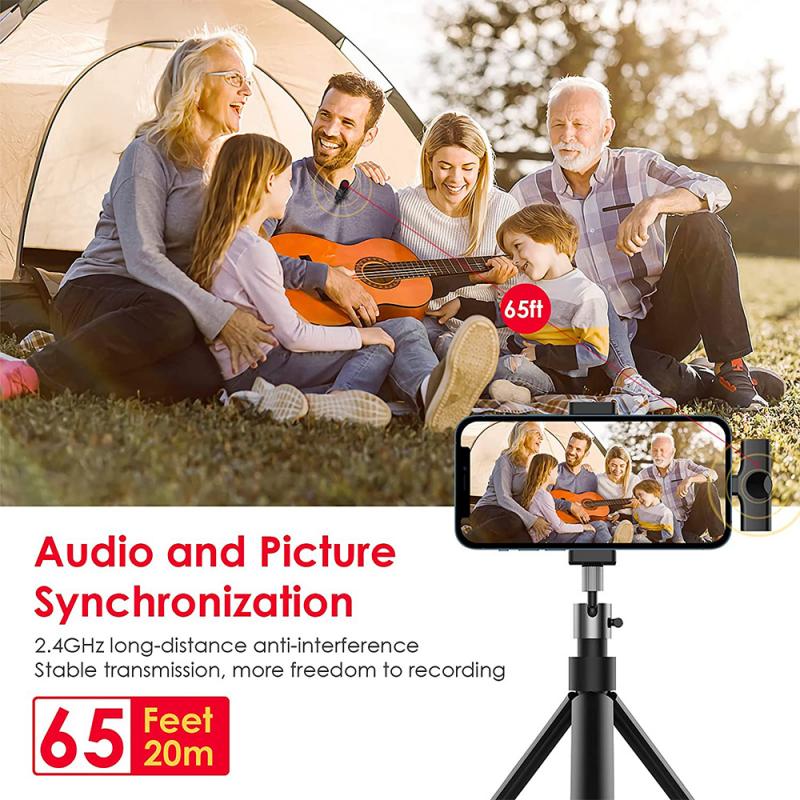
To ensure the best possible audio quality, consider the following tips:
1. Use a Good Microphone: Invest in a high-quality microphone. USB microphones like the Blue Yeti or XLR microphones like the Audio-Technica AT2020 are excellent choices for podcasting.
2. Use Headphones: Wearing headphones can prevent audio feedback and help you monitor the recording in real-time.
3. Record in a Quiet Environment: Choose a quiet location for recording to minimize background noise. Inform participants to do the same.
4. Test Before Recording: Conduct a test recording to check the audio levels and quality. This helps in identifying and resolving any issues before the actual recording.
5. Stable Internet Connection: Ensure a stable internet connection to avoid disruptions during the recording.
Recording audio on Zoom for a podcast is a straightforward process that, when done correctly, can yield high-quality results. By following the steps outlined in this article, you can set up your Zoom meeting, record your podcast, and edit the audio to produce a professional-sounding episode. Remember to invest in good equipment, choose a quiet recording environment, and take the time to edit your audio meticulously. With these practices, you can create engaging and high-quality podcasts that resonate with your audience. Happy podcasting!




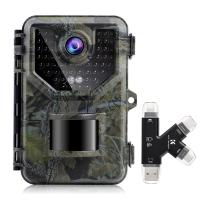

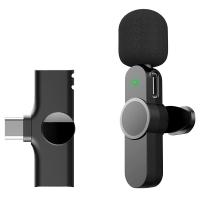
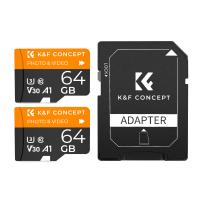
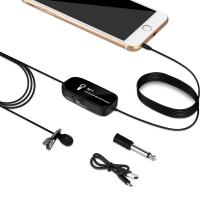
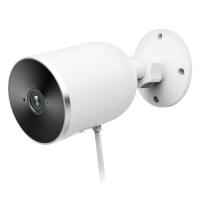
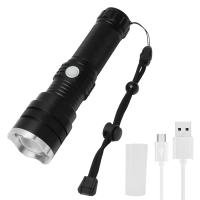
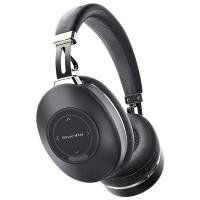



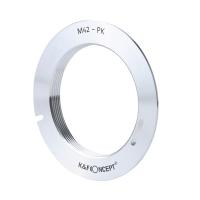



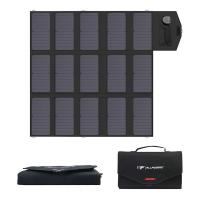


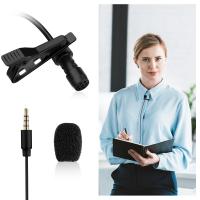


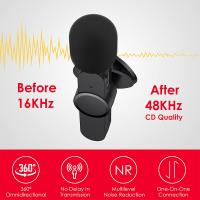




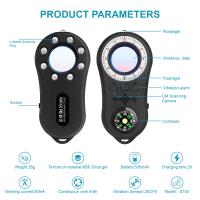


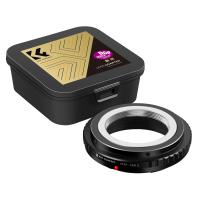


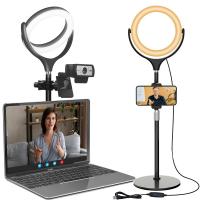
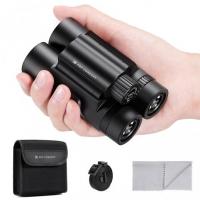


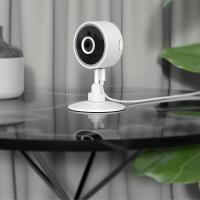
There are no comments for this blog.